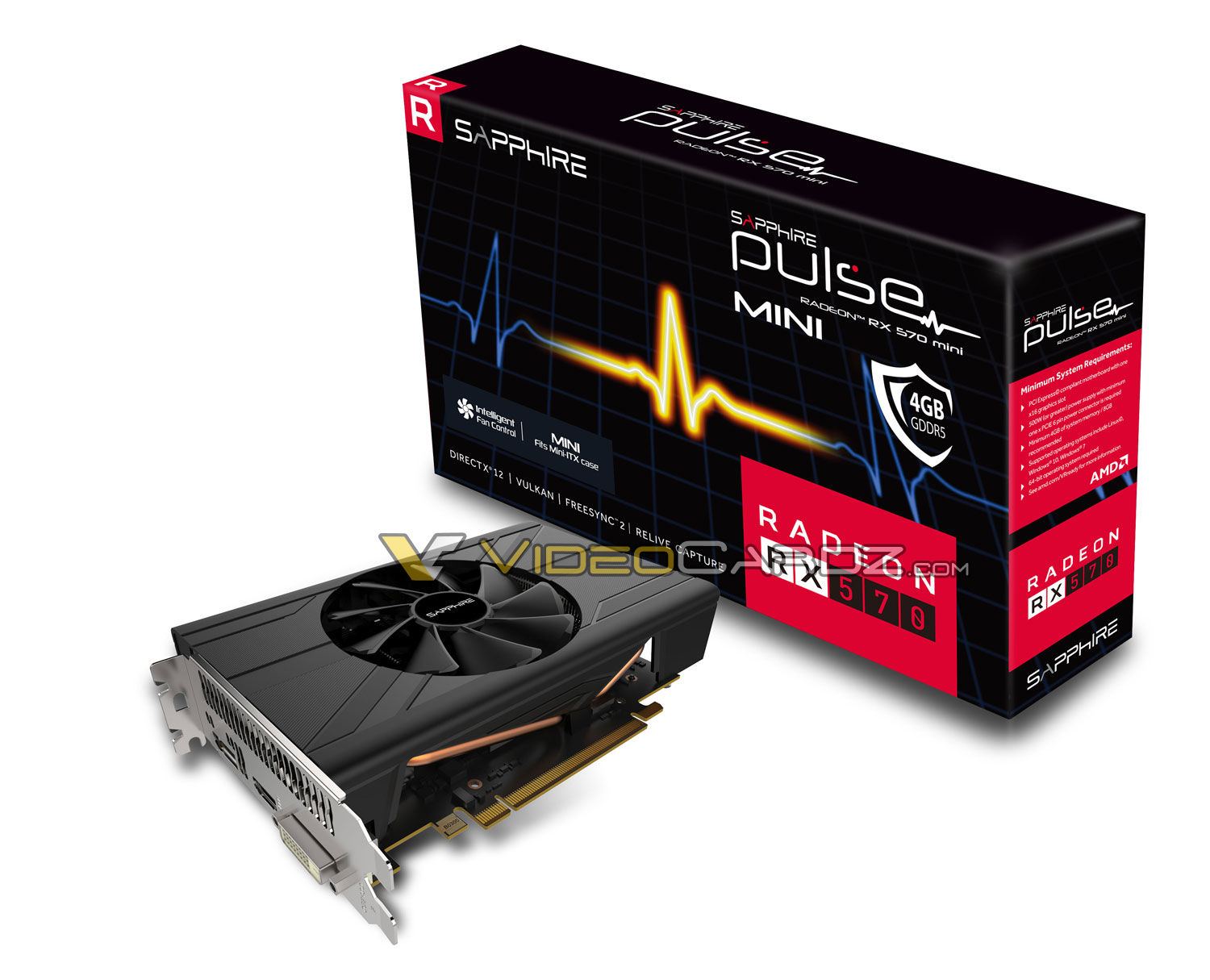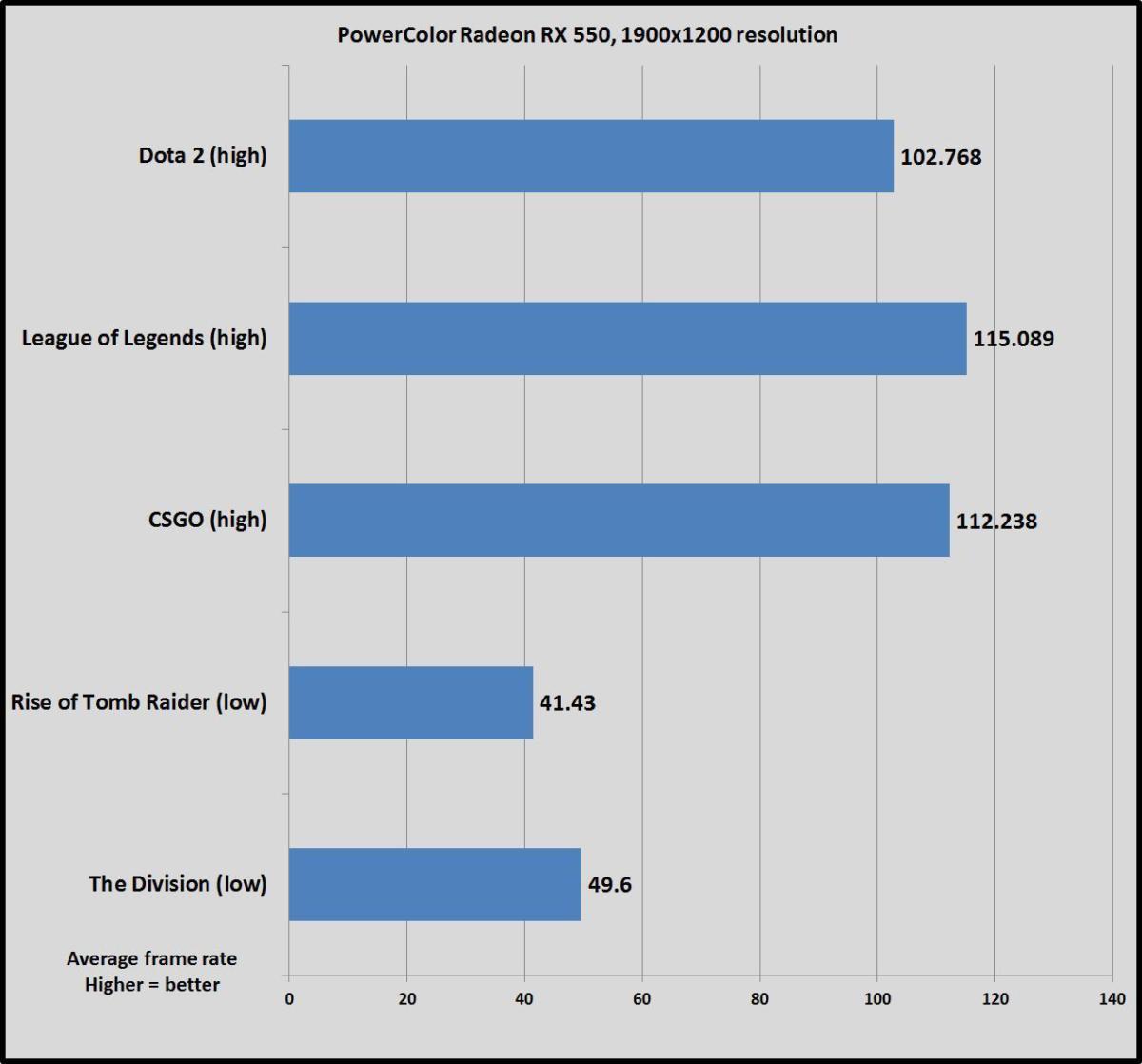Memorabilia
Member
Based on Anandtech's article Vega is supposed to introduce quite a few changes and enhancements like improved IPC, tiling, different memory access patterns/using onboard memory as a sort of fast virtual cache, and more. It's the biggest change since the transition from VLIW to GCN.
And Polaris was already a decent improvement in efficiency. Just compare the RX 460 to the R7 370, despite the latter's greater sp count and memory bandwidth the 460 often matches or exceeds it.
Do we know yet if Vega tech will filter down into the entire product stack or only be high end while Polaris continues to occupy the mid and low end? I'm mostly curious about Vega's potential to dramatically improve efficiency on smaller GPUs that can fit into ITX cases. Which won't happen anytime soon if AMD decides to continue with Polaris rather than replace it entirely with Vega. My hope is Polaris gets put out to pasture sooner rather than later and we see a Vega based 650/660/670 series asap.



